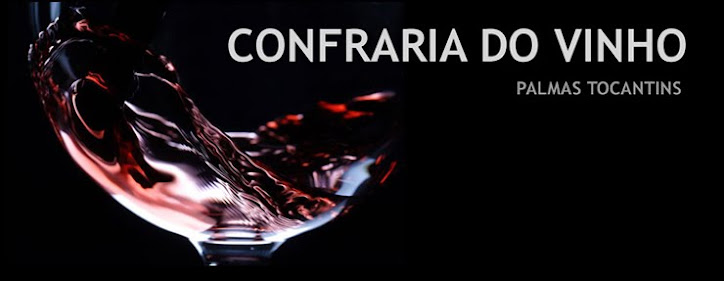 16 May 2014, Claudia prepared an excellent dinner for Weber, Ronaldo, Malafa & Clea, and Rolf. Included: spanish dried sausages that Clea brought, zucchini with gorgonzola, fondue with ementhaler and homemade bread, pear with homemade nutella and chilli.
16 May 2014, Claudia prepared an excellent dinner for Weber, Ronaldo, Malafa & Clea, and Rolf. Included: spanish dried sausages that Clea brought, zucchini with gorgonzola, fondue with ementhaler and homemade bread, pear with homemade nutella and chilli.The Argentinian/Brazilian wines were from uncommon grapes: arinarnoa, teroldego, bonarda.
Arinarnoa
Arinarnoa is a dark-berried wine grape variety, bred in 1956 as a crossing of two Bordeaux varieties. It combines the rich and fleshy Merlot with the acidity and spice of Petit Verdot. The wines are naturally deep in color and well structured – unsurprising, given its pedigree.
Grown mainly in the south of France for the Vin de Pays/IGP designations of the Languedoc and Provence, Arinarnoa has spread as far as South America, where varietal examples are made in Argentina, Brazil and Uruguay.
We enjoyed: Casa Valduga Arinarnoa 2010
Read more: http://www.vinhosdecorte.com.br/category/uvas-tintas/arinarnoa/
Teroldego (pronounce: tehr-AWL-deh-go)
Teroldego is a deeply colored red-wine grape grown in the Trentino-Alto Adige wine region of northern Italy. There is just one DOC for Teroldego (Teroldego Rotaliano) in its native Italy, and the variety is hardly cultivated anywhere else in the world. The Teroldego Rotaliano wines, from the flat, triangular-shaped plain of the Adige Valley, are made exclusively from local Teroldego grapes.
Teroldego produces deeply pigmented red wines with an intensely fruity characteristic, a style that has become something of an
The variety has recently been identified as one of the parents of Lagrein.
We enjoyed: Don Guerino Teroldego 2012
Read more: http://www.winereviewonline.com/Ed_McCarthy_on_Brazil.cfm
Bonarda
Bonarda is the name used for four entirely distinct red wine grape varieties; three from northern Italy and one from Argentina.
The oldest is Bonarda Piedmontese. This is an aromatic variety, now near extinction but it once rivaled Barbera and Nebbiolo in the vineyards of western Piedmont. Although quite capable of producing distinctive wines of good quality, it was replanted only sparsely after the phylloxera epidemic of the 1880s. This is most likely because Bonarda Piedmontese vines offered only very low yields, and winegrowers at that time took a pragmatic, economic approach as they sought to re-establish their vineyards.
The other two Bonarda vines are also from northern Italy, and both are currently used in the Po Valley. Here it is mostly known as Croatina – its name refers to its origins in Croatia – although it has often gone under the name "Bonarda" in southern Lombardy, most notably in the Oltrepo Pavese DOC. There are now even varietally labeled Oltrepo Pavese Bonarda wines, including a sparkling frizzante version, made from Croatina. Croatina is also used slightly further down the Po Valley, in the Colli Piacentini hills of western Emilia-Romagna.
Uva Rara is the third Italian "Bonarda" grape, also known as Bonarda Novarese (after Novara, a Piedmontese town located just south of Lake Maggiore). Like Croatina, Uva Rara is used in Oltrepo Pavese wines, but goes under its Uva Rara title. As suggested by its name, Uva Rara was once a rare vine here, although it is now one of the key red varieties around Pavia.
The majority of Bonarda grapes grown in the world are planted in Argentina, rather than Italy. Here, the grapes are used both in blends (often with the Argentine icon Malbec) and in varietal wines. The Argentine version of Bonarda is also known as Charbono, which has itself been confused with various varieties.
Popular blends include: Bonarda - Malbec.
We enjoyed: Argento Bonarda 2013 (Mendoza)

Nenhum comentário:
Postar um comentário